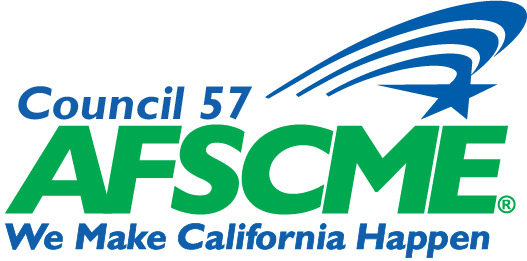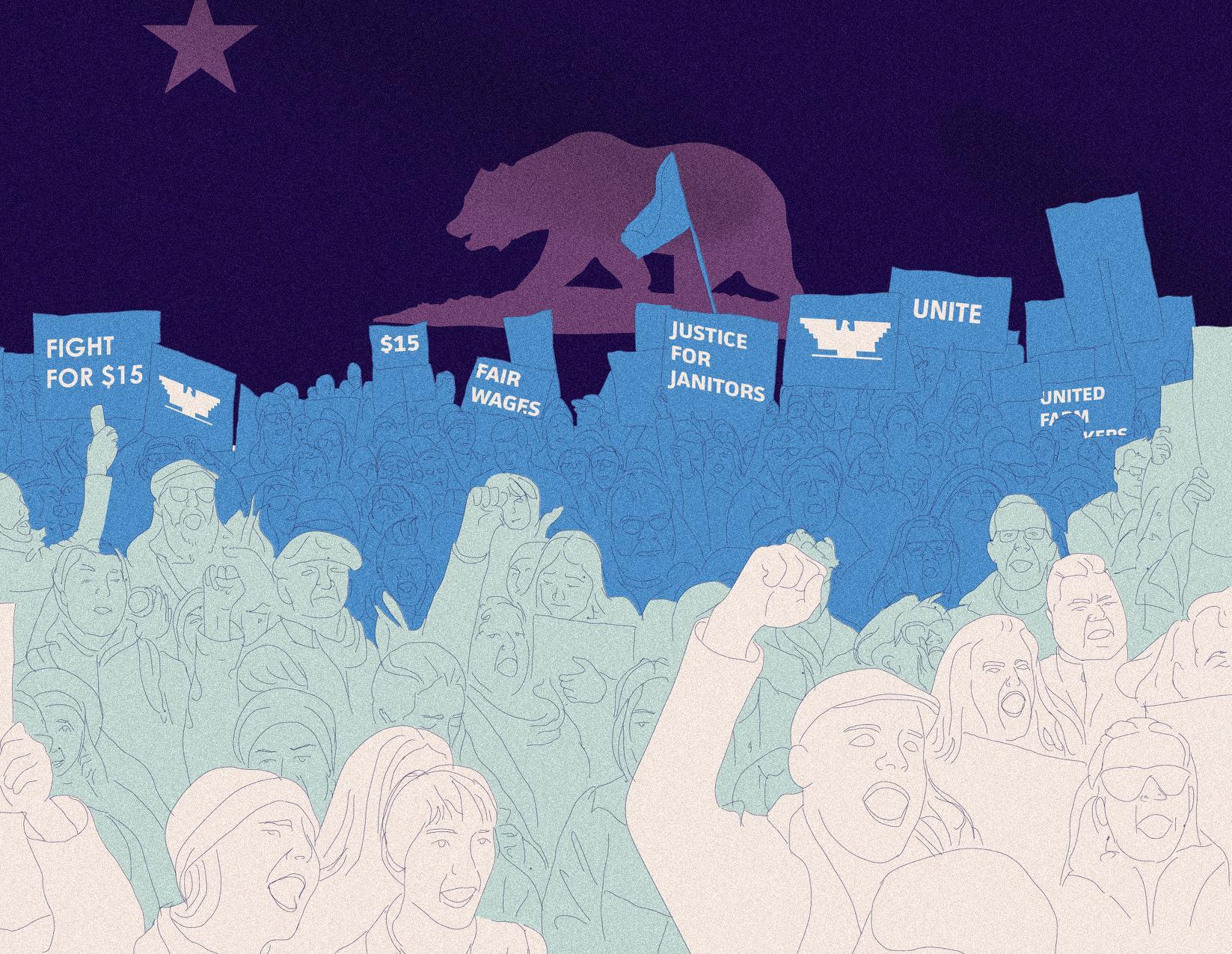Editor's Note: This article originally appeared on Capital & Main.
A conservative U.S. Supreme Court may be preparing to drop a bomb on the country’s public sector unions, but California has heard it ticking for years. When the court agreed to hear Janus v. American Federation of State, County and Municipal Employees, Council 31, Joshua Pechthalt, president of the California Federation of Teachers (CFT), said his union and others in the state had already been working to absorb the blow. The case could strip public agency unions of much of their funding, and he admitted the effects on California’s labor movement could be devastating. Or, for some of the same reasons, they could be reinvigorating.
“I think [Janus] is going to hurt, but it need not be the end of the world,” said Pechthalt. “Frankly, we’re going to have to do the kind of organizing that we should have been doing all these many years. I think the labor movement got a little bit complacent.”
In states like Wisconsin, Kentucky, Iowa and Michigan, where Republican state administrations have slashed union power in recent years, the Janus case looks to be a crippling blow in a national turn against unions. But California is going the other way, passing pro-union legislation such as a 2017 bill guaranteeing union access to government employees during job orientations. The Golden State is an exception in the national labor movement’s fortunes, and Janus will put that status to the test.
While non-union workers in a unionized department are not required to pay full union dues, under a unanimous 1977 U.S. Supreme Court case called Abood v. Detroit Board of Education, they must pay lesser fees to support contract bargaining, from which they benefit.
In a statement to Capital & Main, Diana Rickert of the Illinois-based Liberty Justice Center, which is representing Mr. Janus, wrote: “Today, Mark Janus and more than 5.5 million other government employees in America are forced to pay money to a union in order to keep their jobs . . . The First Amendment gives everyone the right to choose which organizations they will and won’t join or support financially.”
Momentum for this argument has been building for years. In the 2014 U.S. Supreme Court case Harris v. Quinn, the court ruledthat homecare workers in Illinois did not have to pay agency fees because they were not truly public employees, and Justice Samuel Alito, writing for the majority, basically invitedmore challenges toAbood.
The two organizations representing Janus, including the National Right to Work Legal Defense Foundation, seem poised for a victory. Nelson Lichtenstein, a labor historian at the University of California, Santa Barbara, pointed out the potential danger for organized labor, noting that from one-third to about one-half of all people represented by a union are not members of that union, and may choose not to pay agency fees.
“If unions play things wonderfully, it will just make life more difficult for them. And if they don’t, it’ll just be a disaster,” Lichtenstein added.
And so all eyes turn to California. Though it does not have the high percentages of union members found in New York, Alaska and a few other states, California’s labor movement has a reputation as the most innovative in the country.
Read more at Capital & Main.

